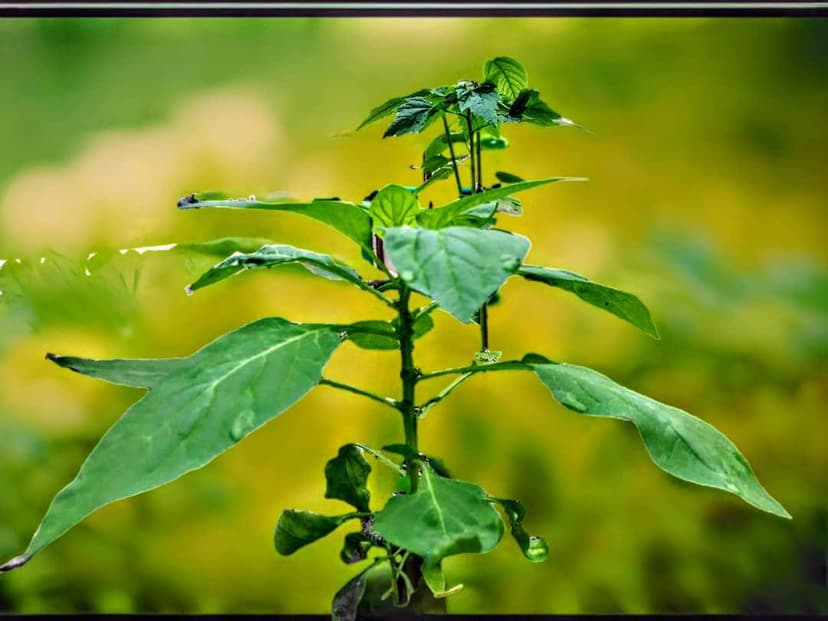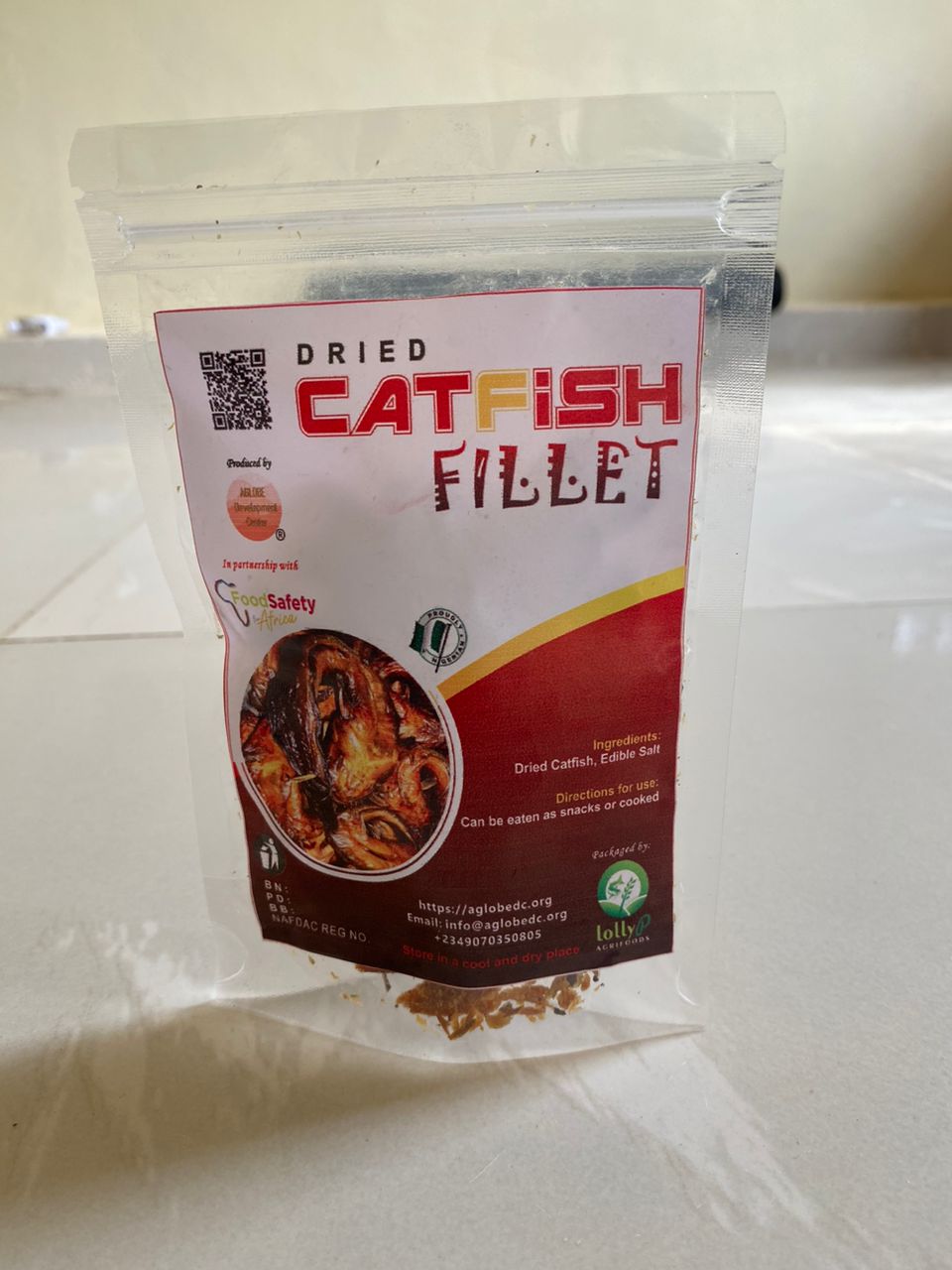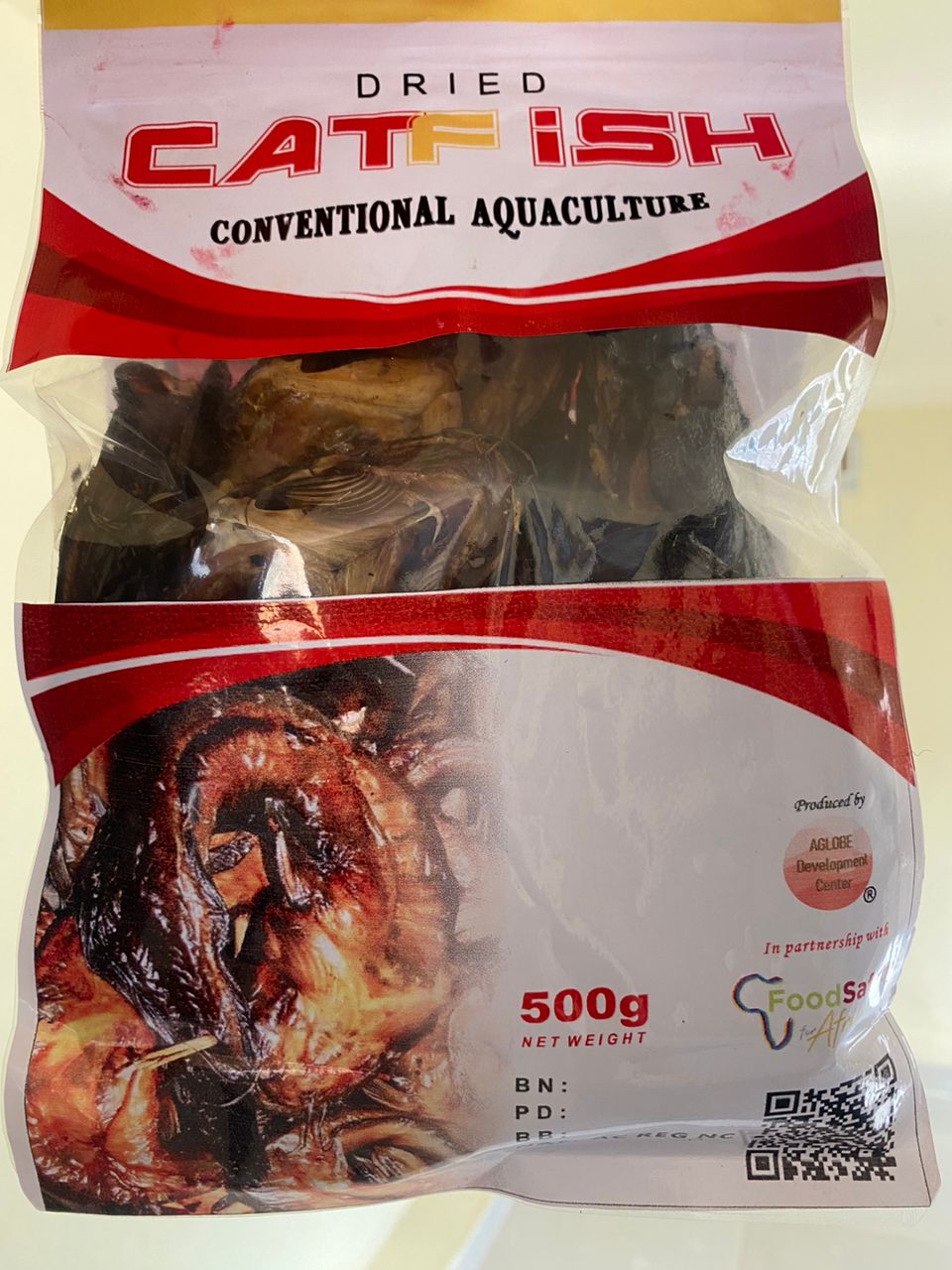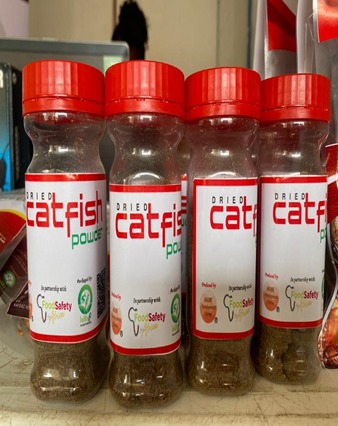
About FS4Africa
Promote food safety culture, market access & traceability in the (in) formal sector in Africa
By focusing on innovation, research, and international collaboration, the initiative aims to reduce health and economic burdens on society while unlocking trade opportunities for micro-, small- and medium-sized entrepreneurs along the entire food supply chain, including local processors, street vendors and policymakers. These objectives will be achieved through establishment of Use Cases (UC):

Aquaponics (Fish) Value Chain
Aquaponics is a sustainable farming method that combines aquaculture (raising fish) with hydroponics (growing plants in nutrient solution). In this system, fish waste provides essential nutrients for plants, which in turn help filter and purify the water, creating a closed-loop, symbiotic environment. The process reduces the need for chemical fertilizers and minimizes water usage compared to traditional farming methods. Aquaponics can be practiced on various scales, from small home systems to large commercial operations, offering a sustainable way to produce food in urban and rural settings.
Popular Choices
OUR PRODUCTS

Dried Catfish Fillet






Dried Rounded Catfish






Dried Catfish Powder






Conventional Aquaculture Value Chain
The conventional aquaculture value chain includes practices such as raising fish in earthen ponds, concrete tanks, or collapsible tanks in a stagnant state. Fresh water is often replaced in the tanks every two to three days with the wastewater (effluent) released into the environment. Harvested catfish are commonly dried using a smoking kiln or open fire system. The choice of smoking methods affects the levels of polycyclic aromatic hydrocarbons (PAHs) in the final product, making it essential to monitor and control PAHs levels.

Aquaponics Vegetable Value Chain
Plants grown in aquaponics systems, or in the hydroponic component of these systems, primarily obtain their essential nutrients from fish wastewater, which acts as a natural fertilizer. Although this approach reduces the need for chemical fertilizers, supplemental micronutrients, such as iron, are often required to ensure optimal plant health and growth.
These micronutrients support specific physiological functions that may not be adequately provided by the fish wastewater alone. All other micro- and macronutrients necessary for plant growth are generally supplied through the fish effluent, including those produced via the nitrification process.

Conventional Horticulture Vegetable Value Chain
Conventional or traditional horticulture typically relies on soil-based farming methods. In this value chain, the cultivation of vegetables often involves the frequent application of inorganic fertilizers and chemical pesticides to enhance growth and protect against pests and diseases.
These inputs are applied to maximize yield, but they can also have environmental and health impacts. After the vegetables are harvested, they undergo a simple processes to prepare them for the market. However, in many cases, there is limited emphasis on food safety and maintaining the quality of the produce.
Transforming Africa's Food Sector with Safety and Trust
Cultivating a Safer Food Future for Africa